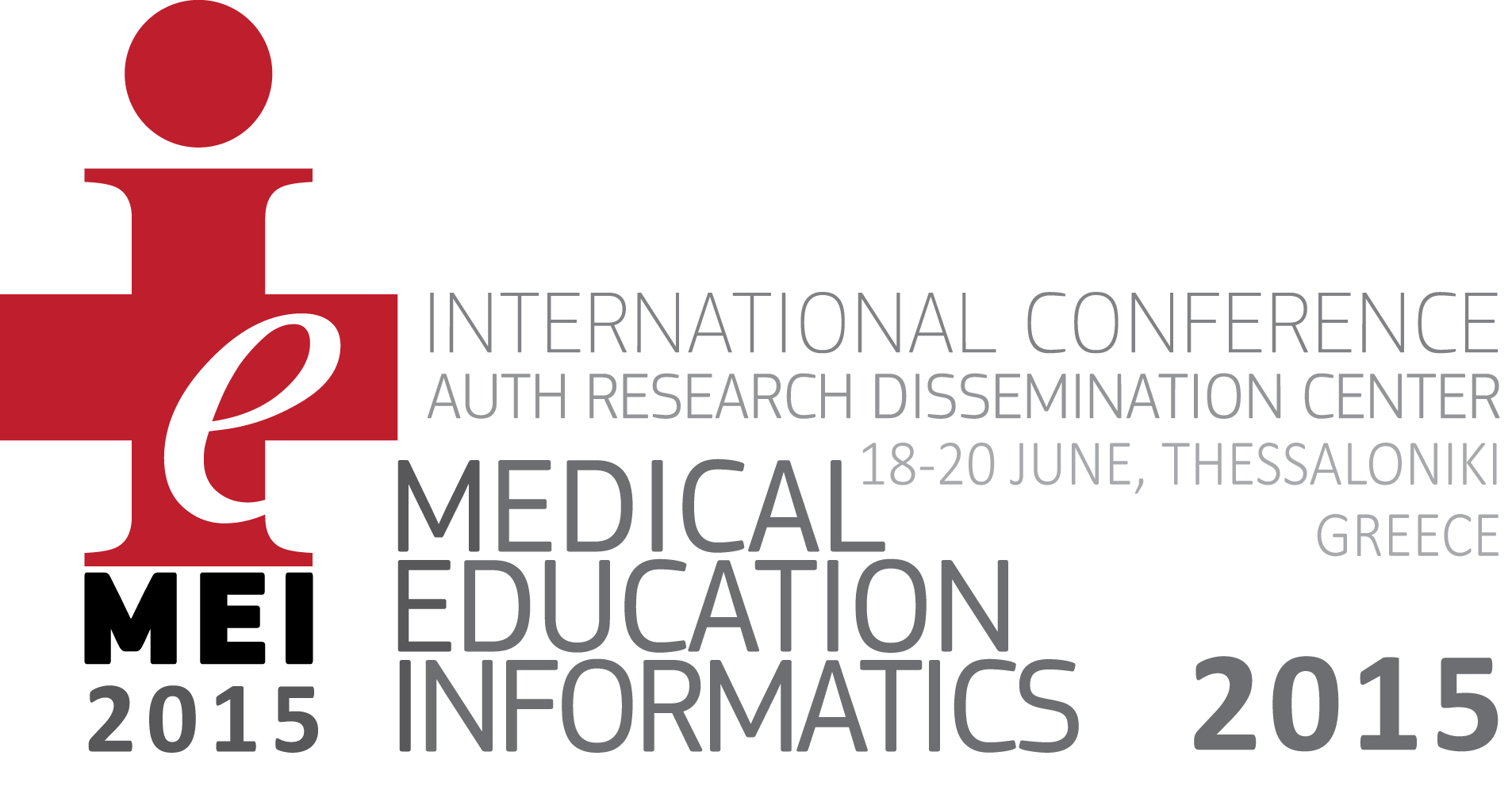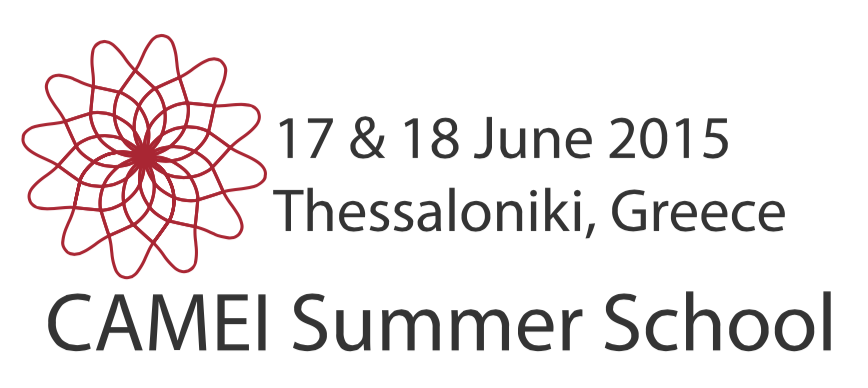You are here
Home › Simulation Open Source Software Systems in Life Sciences and Health EducationSimulation Open Source Software Systems in Life Sciences and Health Education
Abstract:
In the actual stage of development of Life Sciences and IT&C technology, simulations, statistics and predictive software systems are tools that should not be missing from Health Education.
The usage of simulation techniques in Life Sciences and Health Education provide the possibility to study and to predict the behavior of living systems in different environment conditions. Open Source programming languages, like Python, R, Octave, PHP and other, offer the possibility to create dedicated software systems, at minimal costs, for simulation and statistics in Life Sciences. In the same time, a large number of Open Access Databases in different fields of Life Sciences (genomics, proteoemics, epidemiology, biomedical research and others) around the world, provides adequate and accurate data for simulation and analysis.
GenoComp - Genomic Computing is an open source dedicated software system for genomic analysis and statistics. GenoComp - Genomic Computing is the result of the interdisciplinary research activity in the areas of software development and life sciences at IBMC International SRL. The software system GenoComp - Genomic Computing is developed in Python, a high level open source programming language specific for the scientific field.
Python, as a high level programming language, provides a number of advantages in complex software systems development: flexibility, object oriented programming, the possibility to write well structured and easy to read source code, it is a programming language specific for the scientific field, it is free.
The GenoComp - Genomic Computing software system is designed for DNA and RNA sequence analysis and comparisons between different structures of genomic sequences. The main features of the system GenoComp are: RNA and DNA sequence analysis (nucleotide statistics, amino-acids content analysis, pattern analysis), RNA and DNA sequences structure comparison and statistics, multiple tests.
The application allows a variety of statistical output data in multiple formats and comparative tests on structures of DNA and RNA sequences. The integration of statistical results of genomic analysis with the role that RNA and DNA have in the behavior of biological systems, provides important information in the fields of Health Sciences and Health Education.
Session
Friday, 19 June, 2015 - 13:00 to 18:00


















